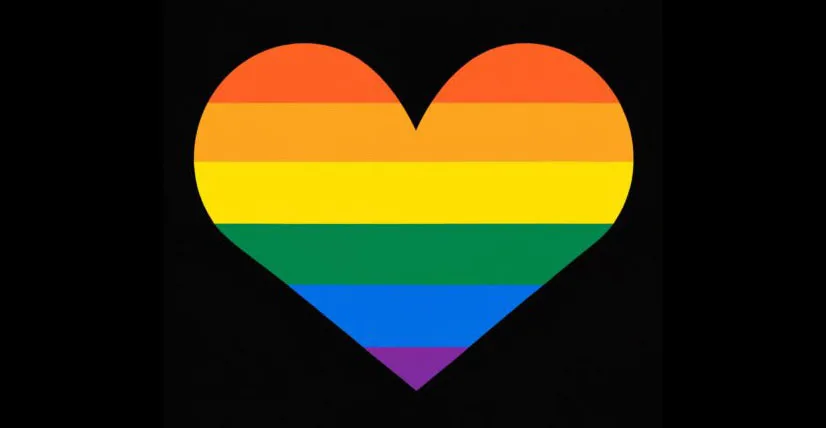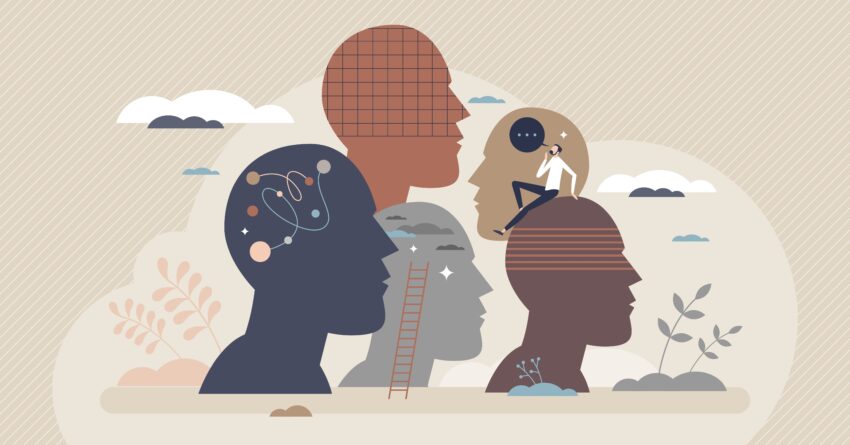From Scarcity to Abundance
December 1, 2020

This year’s pandemic has brought about many restrictions and losses. As we grapple with these challenges, many of us have also been grappling with the weight of the emotions attached to them. These days, I often hear clients, friends, and family members say that they are struggling to stay hopeful—for a timely COVID-19 vaccine, for a less stressful home life, for a more peaceful planet, etc. The message I hear underneath all of this is our stress is often outweighing our sense of abundance.
A Reflection on Our Focus
Lately, I have been reflecting on the value of shifting one’s primary focus from loss to what we still have, and how to do this effectively. I think it is possible to have space in our hearts that honors—and even longs for—what we have lost, while we open up those same hearts to peace and joy. The more we can appreciate all that is available to us, both within and outside of ourselves, the more we can enjoy our lives.
Shifting from Scarcity to Abundance
In therapy, I sometimes talk about shifting from a scarcity mindset to an abundance mindset. A scarcity mindset is one that focuses on what we do not have, and an abundance mindset is one that focuses on what we do have. Adopting an abundant mentality does not mean that we have to forget about what we have lost, but it means that we do not anchor our spirits to our losses. Shifting our mindset in this way is an act of self-compassion; it is about recognizing that we are worthy of actively enjoying the life that lays ahead of us.
A Self-Guided Abundance Exercise
Are you ready to push back on your sense of scarcity? Below are my instructions for a self-guided abundance exercise you can try during a stressful moment. Each step of the exercise involves self-guided prompts.
- Identify the strongest emotion: “Am I feeling anger, sadness, fear, disgust, or something else?”
- Simply get curious, without judging yourself or the emotions as good or bad.
- Identify the message behind it: “What message is my [name the emotion] trying to tell me, regardless if it sounds irrational or illogical.”
- Feelings aren’t facts, but they have valuable information about my needs.
- Identify needs: “What skills, strengths, or qualities would help me get through this?”
- Identify mastery resources: “Was there a time in my life when I had the skills, strengths, or qualities I need right now?”
- If the answer is ‘yes,’ visualize this memory.
- Identify relational resources: “Is there a person from my past or present, or someone I admire, who has the skills, strengths, or qualities I need?”
- If the answer is ‘yes,’ visualize them with those features and then imagine the features being transferred to you.
- Identify symbolic resources: “Is there a symbol, animal, something in nature, or a material item that can give me what I need right now?”
- If the answer is ‘yes,’ visualize gathering what you need from them.
- Give yourself what you need: “What words do I need to hear right now?”
- Speak these words to yourself.
- Check the emotions: “How am I feeling now?”
When you are done, take a moment to acknowledge your abundance of internal resources to navigate difficult moments. Feel free to repeat the exercise again.
A Mindfulness Practice Toward Abundance
This exercise (or consideration of the concepts behind it) is a good first step toward a more abundant mindset. We can think of this mindset shift as a mindfulness practice, as our attention will continue to wander toward scarcity and the pain we experience from loss. A mental health professional can support us to honor all of the pain and joy that makes us who we are. If you need support, we welcome you to contact us at Steady NYC.
Loss is a part of life, and—let’s face it—we have lost a lot this year, individually and collectively. What is important to note is it is possible to experience peace—and even joy—despite our losses, with an abundance mindset.


